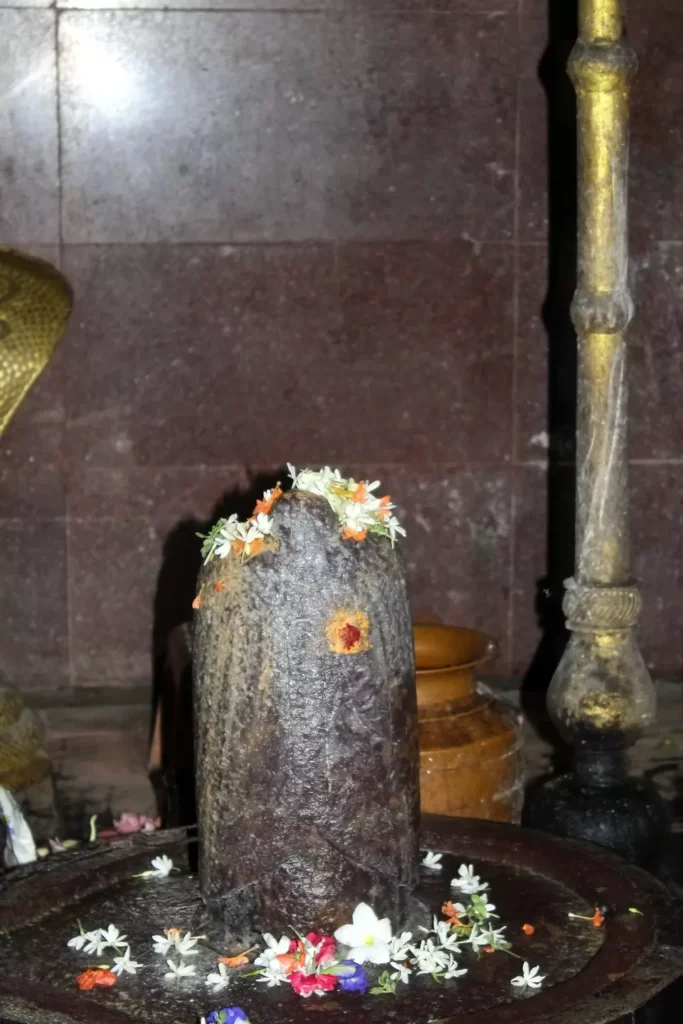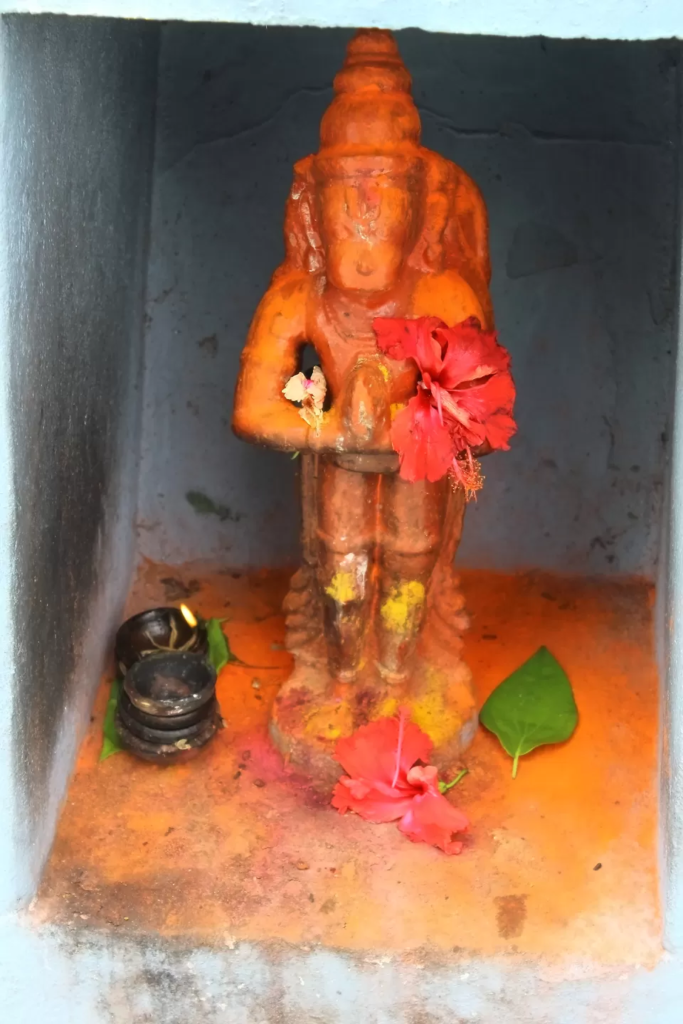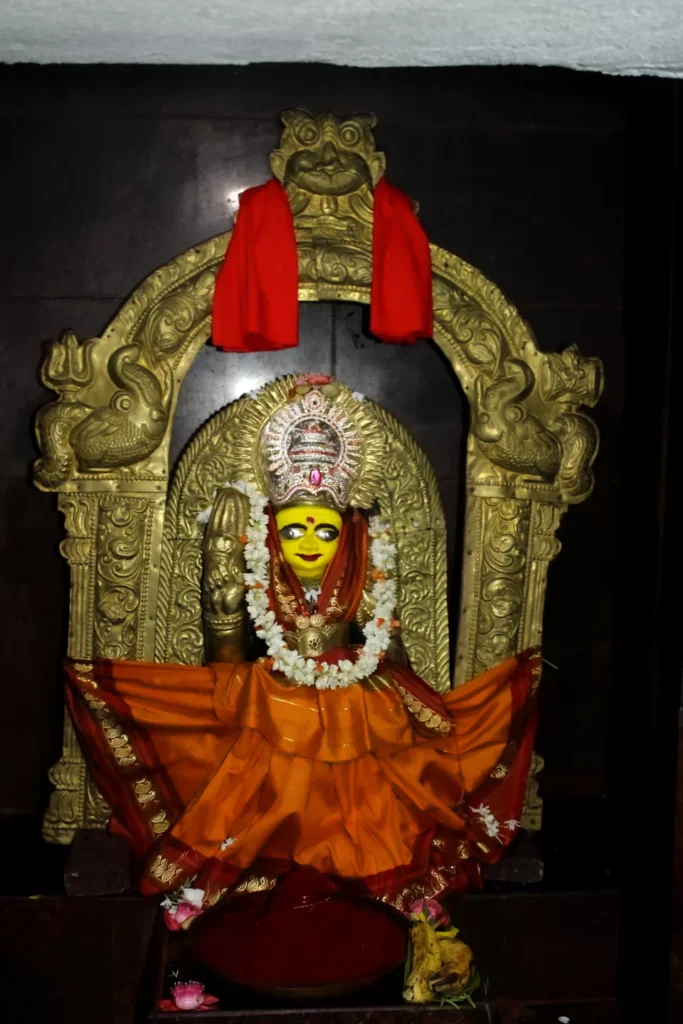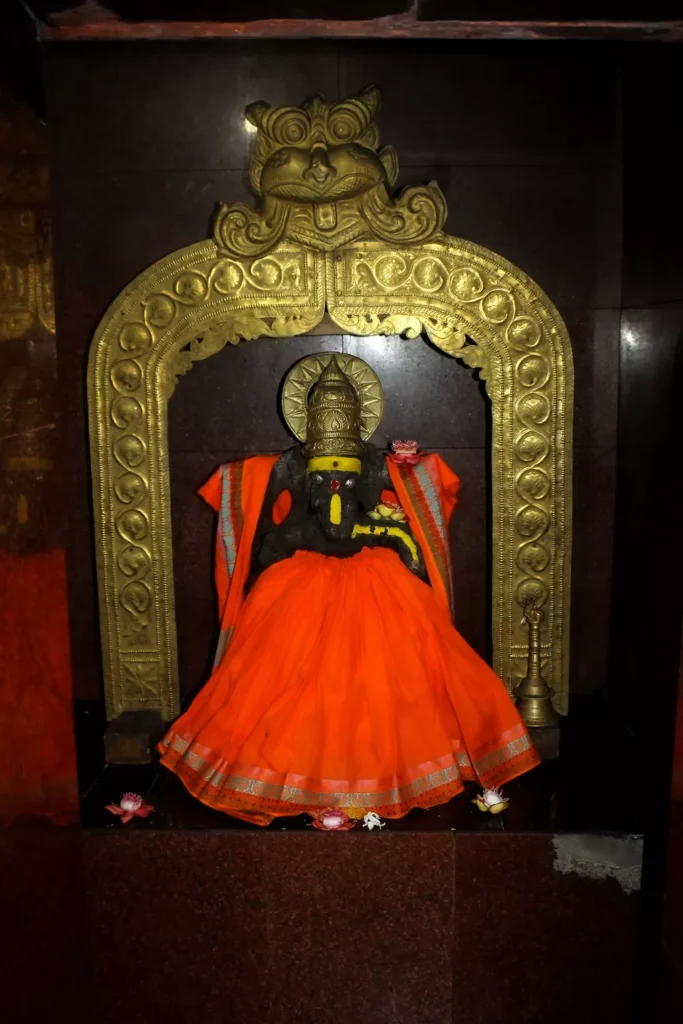HISTORY OF UBHAYA RAMESWARA KSHETRAM: A Tale of Devotion and Legacy




The origins of the Ubhaya Rameswara Kshetram trace back to the Treta Yuga, as narrated in the Skanda Purana. Following the defeat of Ravana in Lanka, Lord Rama decided to establish Shiva Lingams along the banks of rivers to commemorate his journey.
- On the banks of the Krishna River, Lord Rama entrusted Hanuman with the task of bringing a Lingam from Kailasa for installation.
- As the auspicious muhurta approached and Hanuman had not returned, Sita Devi fashioned a Lingam from sand (Saikata Lingam) and performed its prana pratishta.
- Upon his return, Hanuman attempted to remove the Saikata Lingam to install the one he brought, but the Lingam began to grow endlessly. To halt its growth, Sita Devi tied a knot of sand at its top.
Thus, the Saikata Lingam remains a unique and sacred relic established by Sita Devi herself. The Lingam brought by Hanuman was installed by Lord Rama on the opposite bank of the Krishna River, in the village of Iluru. Together, these two sites are revered as the Ubhaya Rameswara Kshetram.



Historical Background
During the 12th century, under the reign of the Chola dynasty, the Siva Lingam stood without a temple. Moved by the sight, the Chola rulers constructed a temple in 1153 CE. The temple’s inscriptions and carvings document this history.


